
Reviving the grit and glory of the American Revolution, one story at a time. Son of the American Revolution. #AmRev #SAR 🇺🇸
How to get URL link on X (Twitter) App

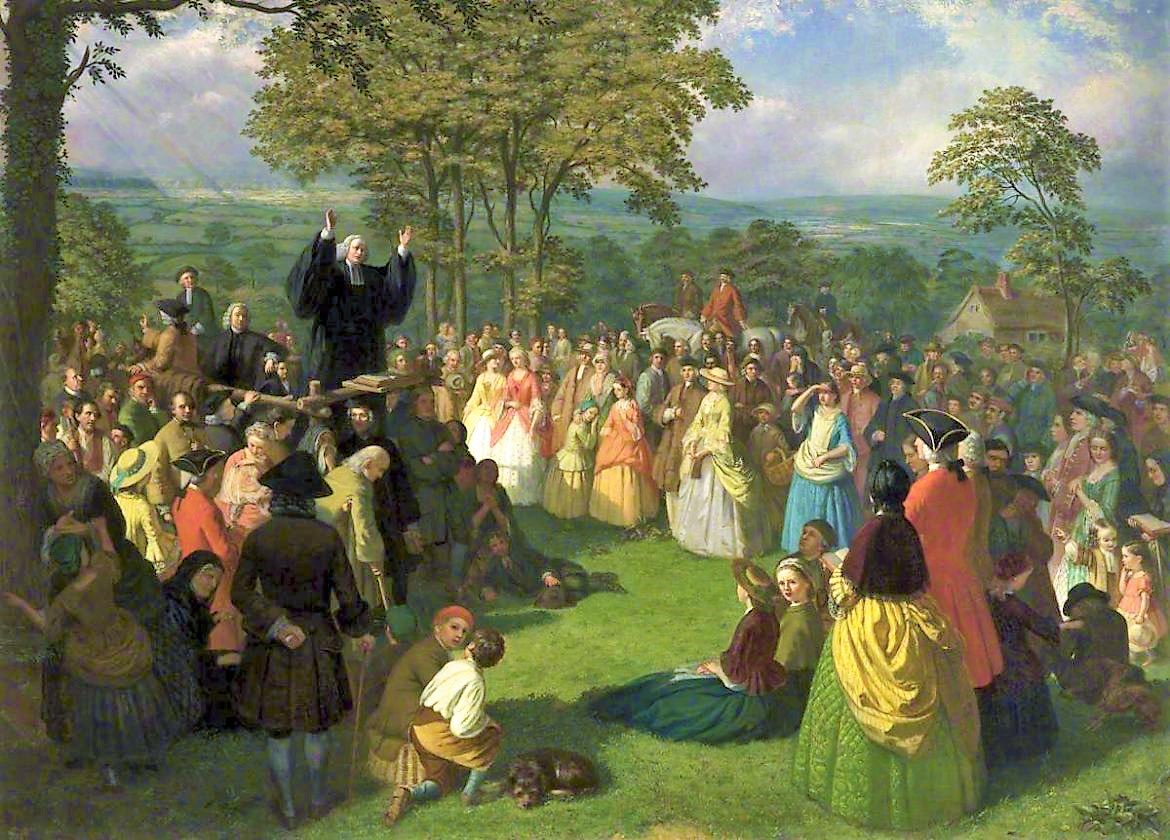
 The colonists were not ignorant of order. They revered lawful authority. But they believed authority is ministerial, not divine, delegated for justice, bounded by law, accountable to Heaven. Power is not sacred. Truth is.
The colonists were not ignorant of order. They revered lawful authority. But they believed authority is ministerial, not divine, delegated for justice, bounded by law, accountable to Heaven. Power is not sacred. Truth is. 

 The Hessians at Trenton were elite. Hardened. But overconfident. Their commander, Col. Johann Rall, dismissed multiple warnings, including a written one he never read. It was found later… folded in his coat.
The Hessians at Trenton were elite. Hardened. But overconfident. Their commander, Col. Johann Rall, dismissed multiple warnings, including a written one he never read. It was found later… folded in his coat. 
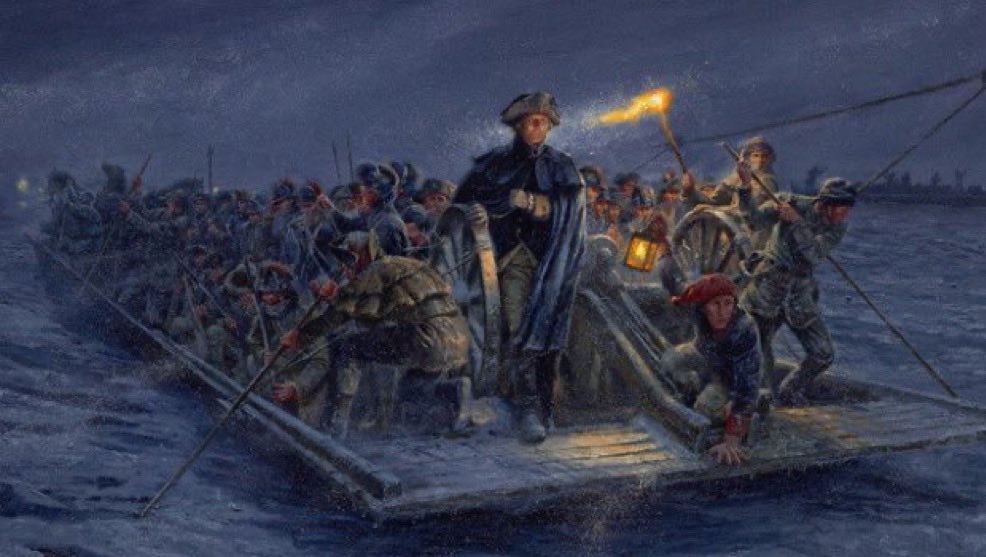
 Washington’s plan was to cross the Delaware at sunset. It didn’t happen. Ice, wind, and a brutal nor’easter pushed the crossing into the early morning. The river became an enemy of its own. The Revolution nearly froze before it could fight.
Washington’s plan was to cross the Delaware at sunset. It didn’t happen. Ice, wind, and a brutal nor’easter pushed the crossing into the early morning. The river became an enemy of its own. The Revolution nearly froze before it could fight. 

 Magna Carta was born not from theory, but from courage. England’s barons confronted King John and forced him to accept that even a monarch is not above the law. Power must bow to justice.
Magna Carta was born not from theory, but from courage. England’s barons confronted King John and forced him to accept that even a monarch is not above the law. Power must bow to justice. 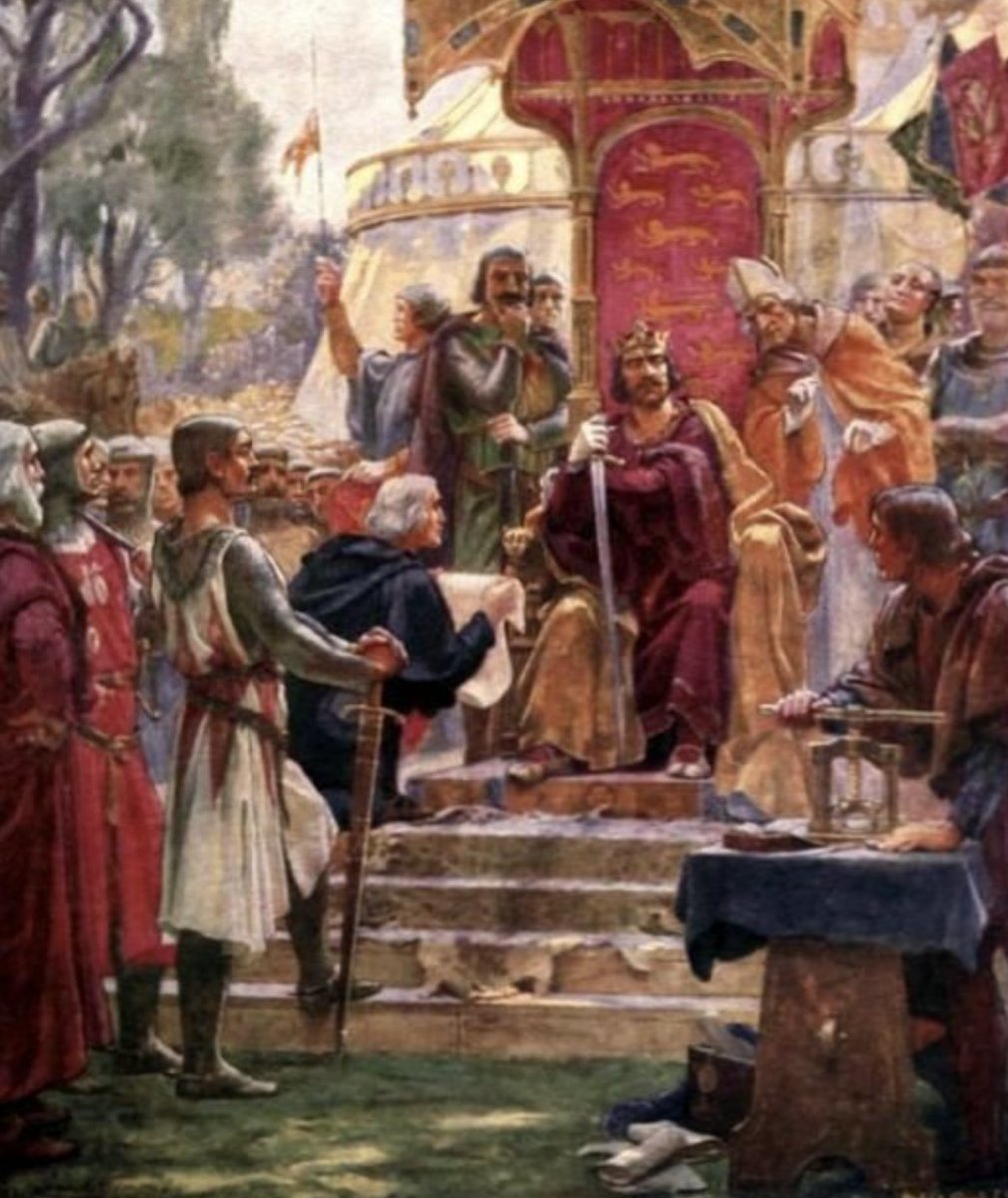

 England had bled through nineteen years of civil war called The Anarchy. Private castles, robber barons, no law but strength. In 1154 Henry II took the throne at twenty-one and swore to restore the king’s peace and the people’s justice.
England had bled through nineteen years of civil war called The Anarchy. Private castles, robber barons, no law but strength. In 1154 Henry II took the throne at twenty-one and swore to restore the king’s peace and the people’s justice. 

 They were sons of war, exiled Protestants, and disinherited sailors. Many fled Cromwell’s wars or the wreckage of failed causes. On the edges of empire they found liberty in lawlessness, a rough republic of blades and broken men.
They were sons of war, exiled Protestants, and disinherited sailors. Many fled Cromwell’s wars or the wreckage of failed causes. On the edges of empire they found liberty in lawlessness, a rough republic of blades and broken men. 

 The Pirate Age was born in the fires of the Reformation. Catholic Spain claimed the seas “for God and King.” Protestant England answered with steel and sail. Men like Francis Drake and John Hawkins turned piracy into providence.
The Pirate Age was born in the fires of the Reformation. Catholic Spain claimed the seas “for God and King.” Protestant England answered with steel and sail. Men like Francis Drake and John Hawkins turned piracy into providence. 

 Their story begins in the 1600s, when King James I tried to pacify rebellious Scotland and Ireland by planting Protestant Scots in Ulster. They were promised land and peace; instead they found resentment, oppression, and persecution.
Their story begins in the 1600s, when King James I tried to pacify rebellious Scotland and Ireland by planting Protestant Scots in Ulster. They were promised land and peace; instead they found resentment, oppression, and persecution. 

 Born in 1586 in England, Hooker was a fiery Puritan preacher who defied conformity. His sermons emphasized not blind obedience, but the duty of men to govern themselves under God’s law; a radical notion in an age of kings and bishops.
Born in 1586 in England, Hooker was a fiery Puritan preacher who defied conformity. His sermons emphasized not blind obedience, but the duty of men to govern themselves under God’s law; a radical notion in an age of kings and bishops. 
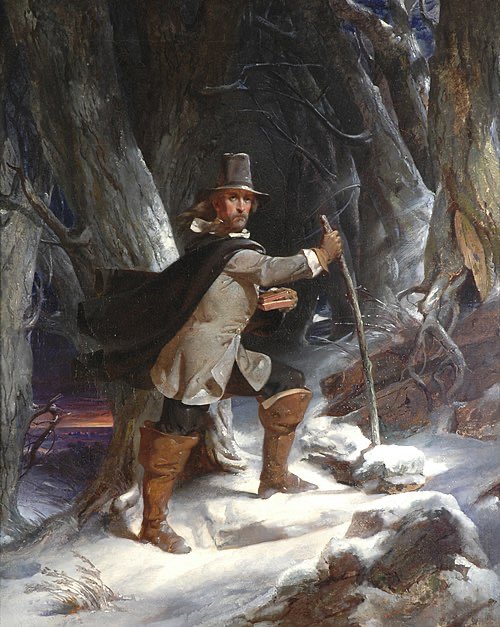
 Born in England around 1603, Williams was trained at Cambridge and ordained as a minister. But his conscience was too free for conformity. He fled persecution in England, arriving in Massachusetts Bay in 1631, bringing with him a faith that could not be chained.
Born in England around 1603, Williams was trained at Cambridge and ordained as a minister. But his conscience was too free for conformity. He fled persecution in England, arriving in Massachusetts Bay in 1631, bringing with him a faith that could not be chained. 

 Born in 1623, Sidney was a nobleman turned rebel; a soldier for Parliament in England’s civil wars, then a philosopher in exile. He believed government existed only by the consent of the governed; a truth later written into America’s DNA.
Born in 1623, Sidney was a nobleman turned rebel; a soldier for Parliament in England’s civil wars, then a philosopher in exile. He believed government existed only by the consent of the governed; a truth later written into America’s DNA. 

 In the 1500s, Spain ruled the Netherlands with an iron hand, crushing faith, taxing the people, and burning dissenters. From this oppression rose William of Orange, a nobleman turned rebel, who led his people not just in war, but in the pursuit of liberty.
In the 1500s, Spain ruled the Netherlands with an iron hand, crushing faith, taxing the people, and burning dissenters. From this oppression rose William of Orange, a nobleman turned rebel, who led his people not just in war, but in the pursuit of liberty. 
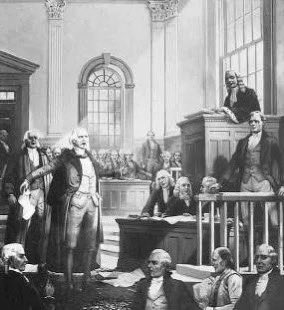
 The colonies were still under royal rule, with governors appointed by the Crown. New York’s governor, William Cosby, was notorious for corruption and greed. When Zenger’s newspaper dared expose it, he was charged with seditious libel for criticizing authority.
The colonies were still under royal rule, with governors appointed by the Crown. New York’s governor, William Cosby, was notorious for corruption and greed. When Zenger’s newspaper dared expose it, he was charged with seditious libel for criticizing authority. 

 The Levellers emerged during England’s Civil War (1640s); a time when kings claimed divine right and Parliament bowed low. But ordinary soldiers and citizens began to ask: by what authority? They believed liberty came not from kings, but from God and nature.
The Levellers emerged during England’s Civil War (1640s); a time when kings claimed divine right and Parliament bowed low. But ordinary soldiers and citizens began to ask: by what authority? They believed liberty came not from kings, but from God and nature. 

 Born in 1703 in colonial Connecticut, Edwards was a prodigy. By 13, he was at Yale, studying not only theology but also science, Newton, and Locke. His mind fused Enlightenment reason with Puritan faith; a rare balance of intellect and piety.
Born in 1703 in colonial Connecticut, Edwards was a prodigy. By 13, he was at Yale, studying not only theology but also science, Newton, and Locke. His mind fused Enlightenment reason with Puritan faith; a rare balance of intellect and piety. 

 Indentured servants, often poor Europeans, signed away years for passage to America. Bound to masters, they toiled in fields, facing abuse, no marriage without permission. This “slavery” of labor built colonies, echoing biblical calls to endure for freedom’s sake.
Indentured servants, often poor Europeans, signed away years for passage to America. Bound to masters, they toiled in fields, facing abuse, no marriage without permission. This “slavery” of labor built colonies, echoing biblical calls to endure for freedom’s sake. 

 For Aristotle, arete meant more than skill. It meant virtue in action: courage, wisdom, temperance. Jefferson and Adams read this not as abstract theory but as the fuel for republican life. Only a virtuous people could remain free.
For Aristotle, arete meant more than skill. It meant virtue in action: courage, wisdom, temperance. Jefferson and Adams read this not as abstract theory but as the fuel for republican life. Only a virtuous people could remain free. 

 Founded in 1776 by Adam Weishaupt, the Illuminati pushed a “new order” via reason over faith. Coincidence with our Declaration? Theorists claim they infiltrated Freemasonry, steering the Revolution from divine providence to control.
Founded in 1776 by Adam Weishaupt, the Illuminati pushed a “new order” via reason over faith. Coincidence with our Declaration? Theorists claim they infiltrated Freemasonry, steering the Revolution from divine providence to control. 

 Jones, restless after his American fame, accepted service in the Russian navy. Catherine the Great gave him the rank of rear admiral. His mission: bring discipline and daring to the Black Sea fleet against the Ottoman Turks.
Jones, restless after his American fame, accepted service in the Russian navy. Catherine the Great gave him the rank of rear admiral. His mission: bring discipline and daring to the Black Sea fleet against the Ottoman Turks. 

 The first American paper, Publick Occurrences (Boston, 1690), lasted one issue before being banned for printing without royal approval. From the start, the press and power were in conflict.
The first American paper, Publick Occurrences (Boston, 1690), lasted one issue before being banned for printing without royal approval. From the start, the press and power were in conflict. 

 The Stamp Act was Britain’s demand that every legal paper, newspaper, and license bear a tax stamp. To London, it was revenue. To Henry, it was chains. He declared it an assault on the natural rights of free men.
The Stamp Act was Britain’s demand that every legal paper, newspaper, and license bear a tax stamp. To London, it was revenue. To Henry, it was chains. He declared it an assault on the natural rights of free men. 